At the time of this writing, about 5,000 people have reached the summit of Mount Everest, earth’s lofty 29,029 foot crown. About 1,500 miles northwest of Everest looms the world’s second tallest peak, K2, a lofty 28,251 feet in height itself, and a summit stood atop by a mere 376 people at the time of this writing.
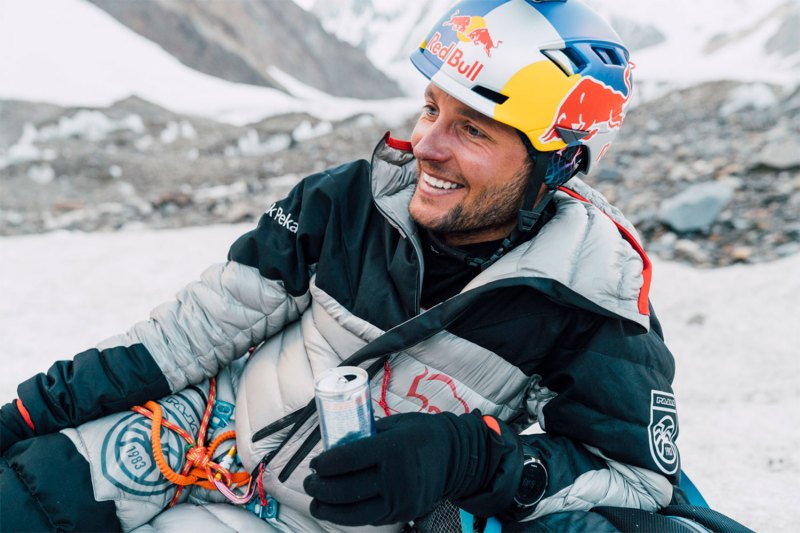
Once the impossible summit, Everest is today thought of by many as a rich tourist’s playground. K2 on the other hand is a climber’s mountain. And just once, a skier’s.
Andrzej Bargiel grew up in a small town in Poland and from a young age was called to the mountains. Despite the fact he has completed numerous notable ascents, asked what he considers himself first and foremost, Bargiel replied: “A skier first and foremost; this is what I started doing in the mountains and it’s still my greatest passion.”
Most people climb mountains to climb mountains, especially the peak many consider the world’s most challenging. But this guy? He climbed K2 to ski. Little wonder, as mountains have always been in his blood.
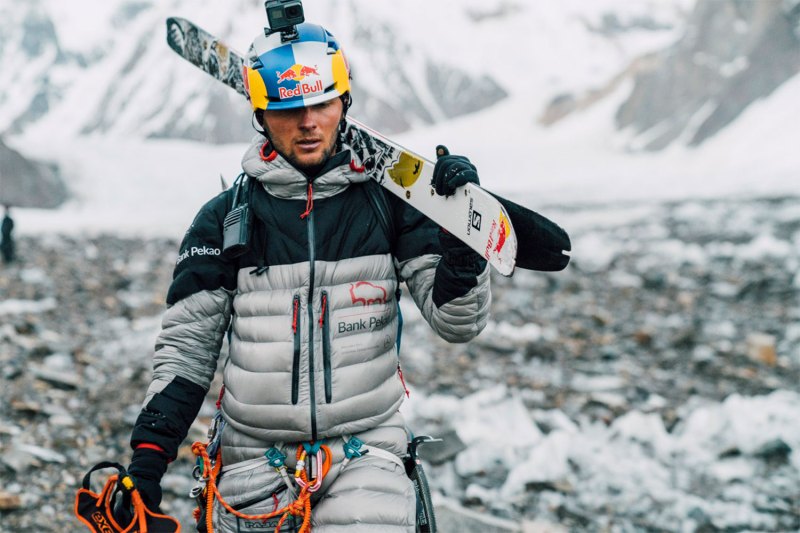
“I grew up in much lower mountains,” Bargiel said through an interpreter. “My parents had a small farm, so I always helped out there and we were all always very active, the family. In winter we were always skiing, and it was very primitive. We would carry the skis up the hill on our backs, come down. I loved it, it’s where my passion started.
“Later on, when I was about 12, my brother, an older brother, he worked in mountain rescue, and he took me to the Tatra Mountains here in Poland, and I just loved it. I started skiing there, I started to take training and mountaineering very seriously. When I was younger I was always competing as a skier, but those far, high mountain expeditions did become a dream of mine. I was looking for something to use my potential, my endurance, and all the physical preparation from years of skiing.
“At the beginning of my more serious climbing, it was all adventure, all for the experience and the excitement. But the more I [climbed high mountains] the more it started to become a real career for me. If you really love doing something, you might just turn it into a dream job, and I just kept doing it.
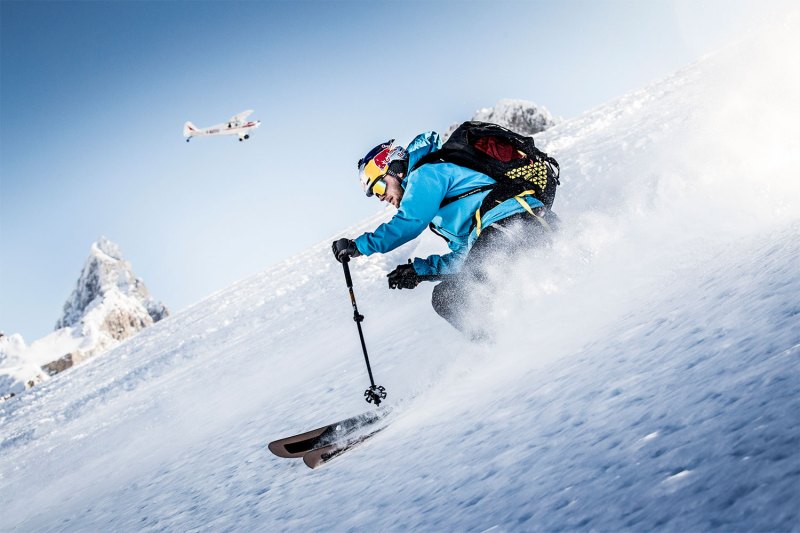
By 2010, other professional climbers were taking notice of Andrej. He was setting records with speed climbs to numerous summits, shaving as much as a half hour of previous best known times. His fitness and “never stop” attitude were the perfect formula, and he himself started to realize “that this is something I can do really, really well — this is something I need to develop.”
He began to make closer connection within the Polish mountaineering community, including those who were focused on Himalayan expeditions. He did indeed take part in several major South Asian climbs, but soon decided: “This is not for me, not just climbing.”
Why?
“Because I wanted to ski. I wanted to ski down those mountains,” Andrej explained. “I decided I needed to find my own path forward; my own way of mountaineering.”
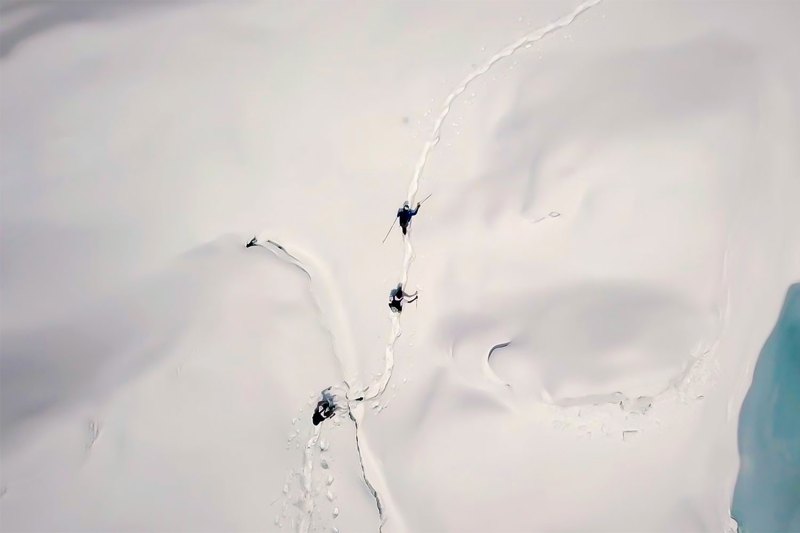
You can see where this is going.
Flash forward a few years to July 2018, and Andrej Bargiel and a small support team of Polish climbers, including his own brother Bartek, are ready to make their way up the world’s second tallest peak so Bargiel can attempt a world’s first: Skiing all the way down from the perilous summit of K2.
Fittingly sponsored by Red Bull — the production company behind the documentary The Impossible Descent that gives an up-close and personal view of the entire expedition — Bargiel and his team left Base Camp on July 19, 2018, already at about 16,400 feet of altitude. By midday on the 19th, Bargiel has completed the next section of climb alone, leaving part of the team below and linking up with fellow Polish mountaineer Janusz Gołąb, who was to climb the next few thousand feet with Bargiel. But when Gołąb was stricken with crippling back pain, instead Andrej delayed forward progress for more than 36 hours while caring for his friend, including receiving medicine delivered via a drone operated by his brother below. (The same drone would later help find an English climber thought dead by his team and help lead to his rescue.)
With his teammate stable, Bargiel finally set out for Camp 4, at a staggering 26,245 feet, alone. And without supplemental oxygen, by the way. At this desolate outpost, he rested, hydrated, ate, and then, the next day, July 22, Bargiel pushed for and made the summit of K2. He would linger atop the mountain for about a half hour, then get on with the most arduous part of the journey. He strapped on his skis, then prepared to fulfill his greatest goal to date, making history in the process.
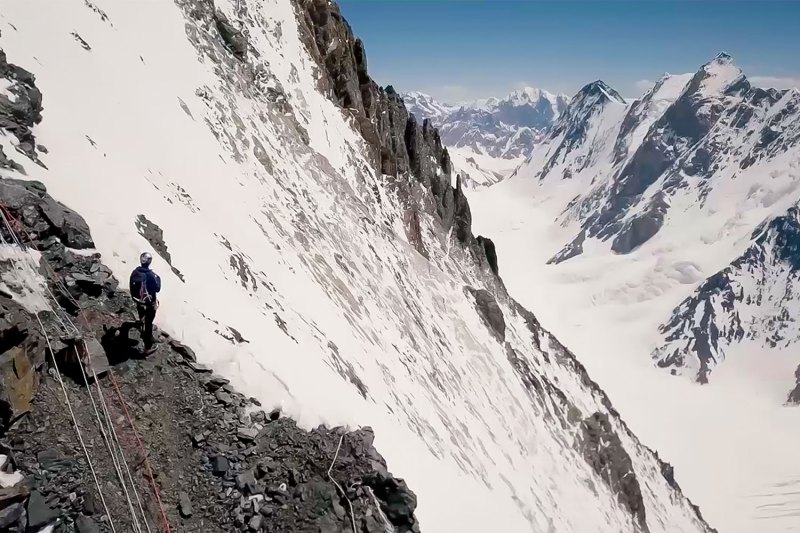
With the simple words: “I’m going down” spoken into his radio, Andrej Bargiel began the ski descent down K2.
Spoiler alert, but considering he granted this interview, you can probably guess everything went fine, despite some white-out conditions, flying ice chunks, crevasses dodged and whatnot. But these are all things better experienced through the eyes of those who were along for the climb and for the ride back down, so let’s leave it to The Impossible Descent to tell the rest of the story.



